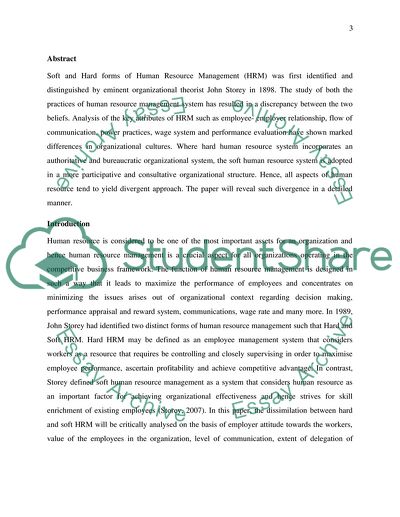Cite this document
(Soft and Hard Forms of Human Resource Management Research Paper, n.d.)
Soft and Hard Forms of Human Resource Management Research Paper. Retrieved from https://studentshare.org/human-resources/1676732-hrm-assignment-1
Soft and Hard Forms of Human Resource Management Research Paper. Retrieved from https://studentshare.org/human-resources/1676732-hrm-assignment-1
(Soft and Hard Forms of Human Resource Management Research Paper)
Soft and Hard Forms of Human Resource Management Research Paper. https://studentshare.org/human-resources/1676732-hrm-assignment-1.
Soft and Hard Forms of Human Resource Management Research Paper. https://studentshare.org/human-resources/1676732-hrm-assignment-1.
“Soft and Hard Forms of Human Resource Management Research Paper”, n.d. https://studentshare.org/human-resources/1676732-hrm-assignment-1.


